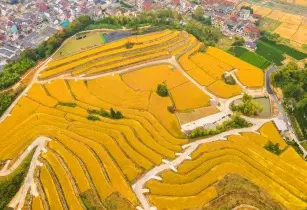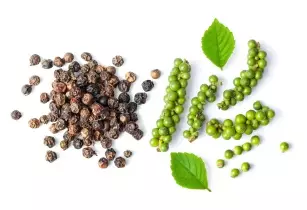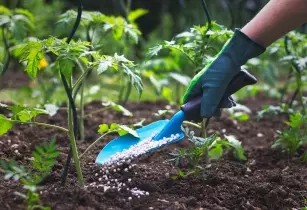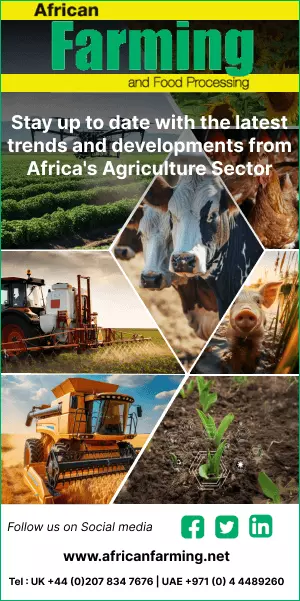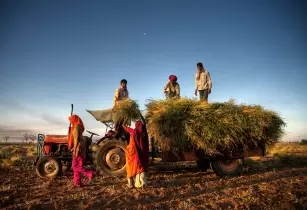
The roadmap aims to prioritise increased uptake of climate-smart agriculture practices in Southern Asia. (Image source: Adobe Stock)
The World Bank Group has released its new South Asia Climate Roadmap to help guide its interventions as it implements the World Bank Group Climate Change Action Plan 2.0 in the region
The roadmap lays out how the bank will support climate action – both mitigation and adaptation efforts – for government and private sector clients over the next five years.
According to The World Bank, the COVID-19 pandemic is estimated to have caused 48 to 59 million South Asians to become or remain poor in 2021. The region is in the middle of a gradual recovery that is fragile and uneven, and most countries are far from pre-pandemic growth levels. More than half of all South Asians, or 750 million people, were affected by one or more climate-related disasters in the last two decades.
Water and food systems are particularly stressed and the combined effect of more variable rainfall and higher temperatures are leading to lower water availability and crop productivity, impacting food prices, nutrition, and farmers’ livelihoods. By 2050, average yields for the wheat crop alone will shrink by 50% from 2000 levels said the bank. As a result, the region will have the largest number of food-insecure people by 2050 due to climate change.
Objectives of the SAR Climate Roadmap
The roadmap contains three priorities:
Investing in community and infrastructure resilience;
Increasing the uptake of climate-smart agriculture practices; and
Accelerating energy decarbonisation.
The roadmap aims to help South Asian countries invest in additional climate adaptation efforts—such as early warning systems, climate-resilient infrastructure, improved dryland agriculture, mangrove protection, and water security—that lead to long-term growth and job creation.
The roadmap identifies ways to increase the resource efficiency of water-stressed and energy-poor regions. With 90% of the available water in South Asia used in agriculture and nearly half of groundwater used for irrigation, inefficient use of water in agriculture is a key challenge. The roadmap finds opportunities for countries to rationalise water and energy subsidies and grain price guarantees so that they do not lead to groundwater depletion and an over-reliance on diesel to pump water for irrigation.
The plan also builds from a series of Climate-Smart Agriculture Investment Plans to help farmers invest in resource-efficient, lower-emitting and more resilient farming practices such as zero-tillage wheat production, direct seeding of rice, laser land levelling, and alternate wetting and drying. Climate-smart agriculture also has strong potential to attract private investment, with IFC estimating over US$200bn in investment opportunity for the region.
The roadmap will integrate efforts in developing multi-sectoral solutions to increase climate ambition and catalyse climate-resilient, low-carbon development in South Asia, in close cooperation with South Asian policymakers, development partners, civil society, the private sector, and other key stakeholders.





